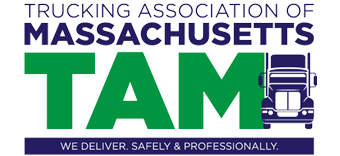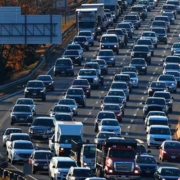MassDOT Congestion in the Commonwealth study
In the summer of 2018, Governor Baker signed HB4833, which included language that directed MassDOT to conduct a study of vehicular congestion on Massachusetts roadways. Specifically, the mandate calls for MassDOT to “design and execute a study that provides a detailed analysis of practical pathways by which the Commonwealth could reduce motor vehicle congestion and make appropriate recommendations for further study or pilot programs, if warranted.” This report was released on August 8, 2019.
The analysis takes a layered and mixed-methods approach to identify and investigate where, when, and why congestion occurs in Massachusetts. This study relies on several different sources of information to be as thorough as possible and to reflect all of the different ways to understand and describe congestion and its sources.
The full study is available for download here.
Key Findings
To some extent the data and analysis presented in this report confirm what Massachusetts drivers already know: that congestion exists in pockets all across the Commonwealth, but is generally worst on the roadways in and around Greater Boston. As presented in Chapter 4 of this report, the report’s key findings are:
- Congestion is bad because the economy is good.
- The worst congestion in the Commonwealth occurs in Greater Boston.
- Congestion can and does occur at various times and locations throughout the Commonwealth.
- Many roadways are now congested outside of peak periods.
- Congestion worsened between 2013 and 2018.
- Changes in travel time on an average day do not capture the severity of the problem.
- Massachusetts has reached a tipping point with respect to congestion.
- Many commuting corridors have become unreliable, with lengthy trips on bad days.
- Congestion has worsened to the point where it reduces access to jobs.
- We should be worried about congestion on local roads, too.



